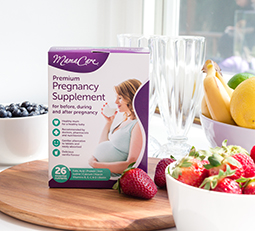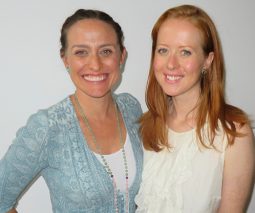What is combined feeding and how do I get started?

Regardless of whether a mother exclusively breastfeeds, bottle feeds with expressed breast milk (EBM) or formula, or does a mix of the two, one thing that we can all agree on is that mothers these days have choice!
And choice is so important, because life circumstances and other variables like a baby’s temperament, a mother’s physiology and whether she needs to return to work will determine how she’ll feed her baby. Many mothers assume it’s either all breast or all bottle, and don’t realise that there can also be something in-between.
What is combined feeding?
Combined feeding (also known as mixed, complementary or supplementary feeding) is simple. It’s alternating between bottle feeding (EBM or formula) your baby for some feeds and breastfeeding for others.

When might you choose a combined feeding approach?
Reasons for choosing a combined feeding plan for nourishing your baby vary, but could be:
- to help your baby bond with their father or grandparents
- when a mother is balancing childcare with another primary caregiver
- due to a return to part- or full-time work
- to help during night time feeds
- to allow cracked or sore nipples to heal
- when a baby is having sucking problems (due to a cleft palate or tongue tie) or not gaining enough weight
- because of an unexpected and temporary separation from your baby (for instance, a premature baby in the NICU, illness or surgery)
- when the mother has a low milk supply, so supplements her breastmilk with formula feeds
- because the mother is taking medication that isn’t compatible with breastfeeding
- due to concerns related to breastfeeding in public
- because of postnatal depression or anxiety
- because it suits your lifestyle!
Tips on beginning combined feeding
It’s a good idea to always speak to your doctor, midwife or a lactation consultant before making any changes to your baby’s feeding.
Many midwives and lactation experts recommend waiting several weeks until breastfeeding has been well established before introducing a bottle to your newborn, otherwise they may get nipple confusion.
If you choose to supplement breastfeeding with formula, introduce the formula in small amounts initially to make sure it is suitable for your baby and doesn’t cause any reactions or tummy upsets. And if your baby is refusing the bottle, try these strategies.

Equipment you’ll need
If you want to do a mix of breastfeeding and bottle feeding with expressed breastmilk (EBM), you’ll need a breast pump and sterilised equipment to store the milk. You can buy breast milk bags (which are a convenient and space-saving way to store breastmilk in the fridge or freezer), and teats which come in a range of different sizes, and are designed to mimic the mother’s nipple and prevent nipple confusion.
If you have concerns or questions about combining feeding methods for your baby, speak to your doctor, midwife or lactation consultant.
And mums, remember that you are nourishing your baby regardless of how you choose to feed them. In an age where women have so much choice with feeding, every baby is getting the best possible start to life. And that’s a wonderful thing!









